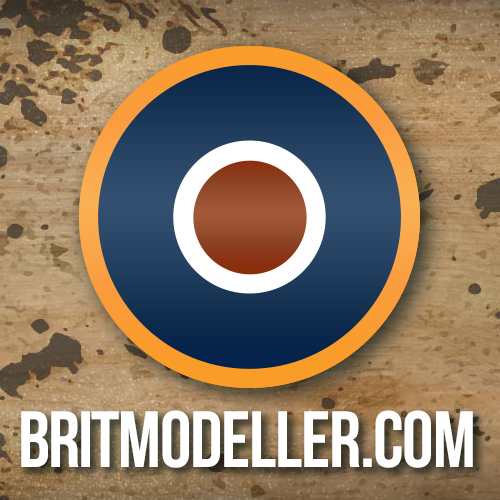It seems that there are a lot of errors floating around in published works on Canadian built Hurricanes. A lot of information by researchers, including Geoffrey, on this thread that ran for 2 years!!!

 www.britmodeller.com
www.britmodeller.com

Canadian Hurricanes
 www.britmodeller.com
www.britmodeller.com


